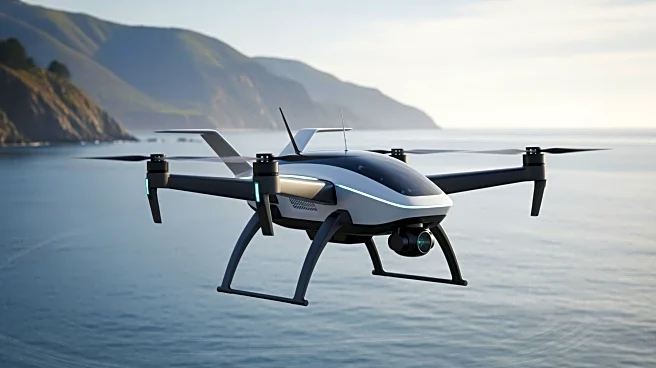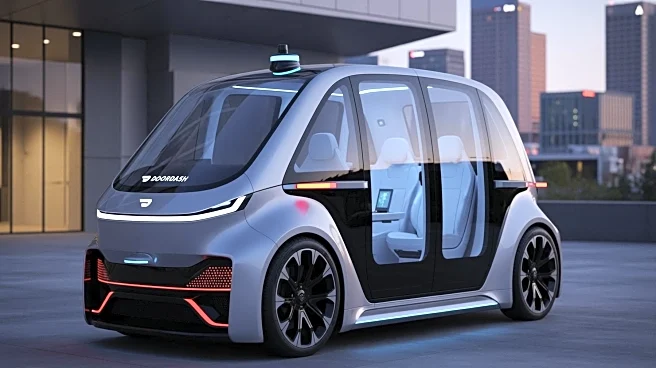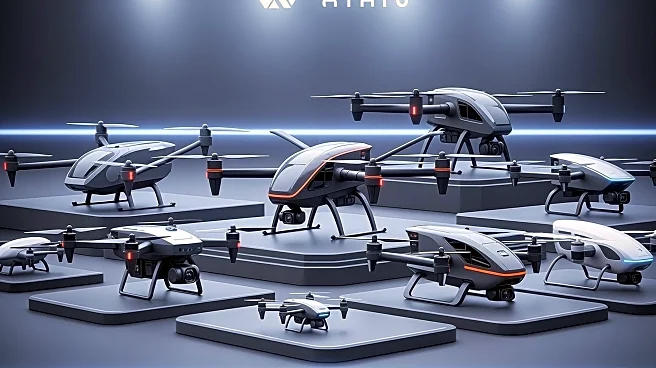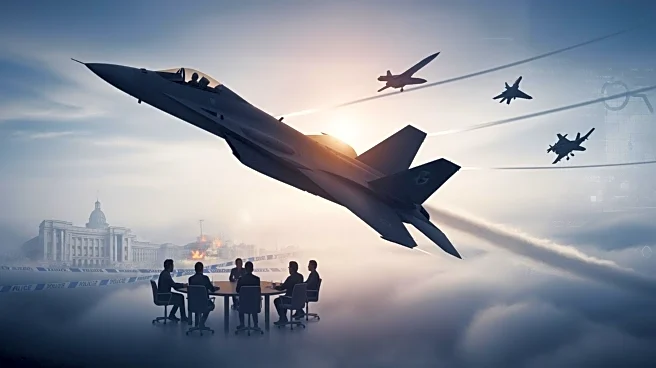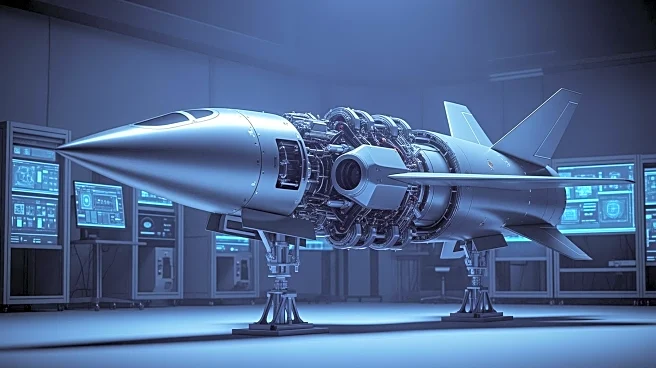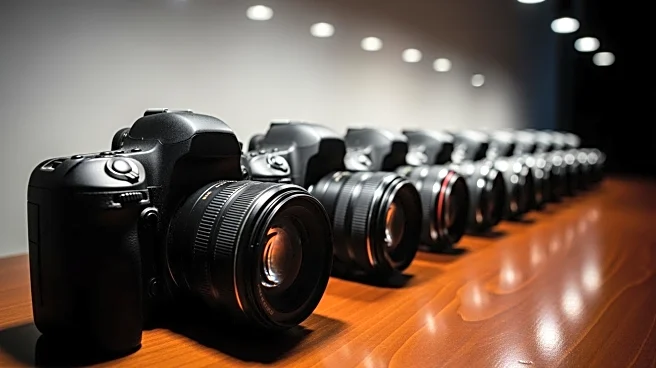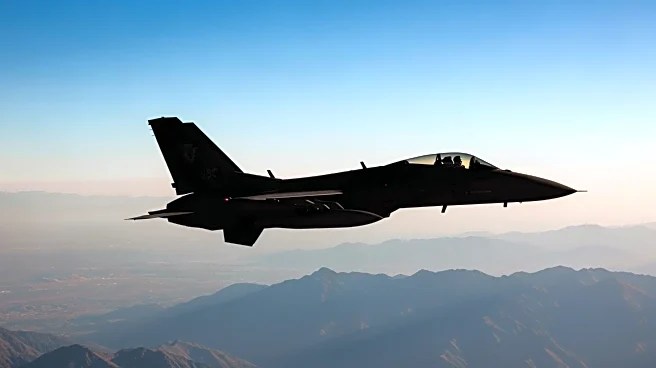What's Happening?
Sikorsky, a Lockheed Martin company, has introduced its Nomad™ family of Uncrewed Aircraft Systems (UAS), designed to support a variety of missions on land and sea. The Nomad drones feature a twin proprotor design that combines the capabilities of a helicopter
with the speed and range of a fixed-wing aircraft. These drones can take off, hover, and land vertically, as well as cruise for extended periods. The Nomad family is scalable, ranging from Group 3 UAS (56 pounds to 1,320 pounds) to Group 4/5 (1,320 pounds and above), allowing for greater speed, range, and payload capacity. Sikorsky's MATRIX autonomy technology powers these drones, enabling seamless integration with rotary and fixed-wing aircraft. The Nomad drones are intended for applications such as reconnaissance, light attack, and logistics, and are adaptable for defense, national security, forestry, and civilian missions.
Why It's Important?
The introduction of the Nomad family of drones represents a significant advancement in autonomous aircraft technology, offering enhanced operational flexibility and strategic advantages. These drones are designed to complement existing aircraft like the Black Hawk, providing a force multiplier effect in various missions. The ability to operate autonomously and adapt to different environments makes them valuable assets for military and civilian organizations. The Nomad drones' versatility and scalability could lead to increased efficiency in operations, reducing the need for traditional runway-dependent aircraft and expanding mission capabilities in contested or remote areas.
What's Next?
Sikorsky is currently developing the Nomad 100 aircraft, a Group 3 variant with an 18-ft wingspan, expected to have its first flight in the coming months. The company is focusing on rapid development and deployment, responding to feedback from the Pentagon to create drones that can operate autonomously in diverse environments. As these drones are integrated into military and civilian operations, stakeholders may evaluate their performance and adaptability, potentially leading to further advancements in drone technology and expanded use cases.
Beyond the Headlines
The development of the Nomad drones highlights the growing importance of autonomous systems in modern warfare and civilian applications. Ethical considerations regarding the use of autonomous drones in combat and surveillance may arise, prompting discussions on regulations and oversight. Additionally, the integration of advanced autonomy technology like MATRIX could influence future innovations in unmanned systems, driving further research and development in this field.
